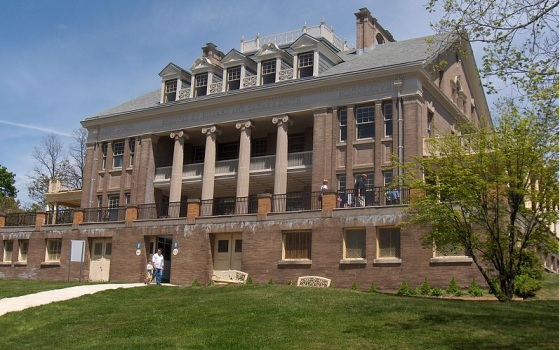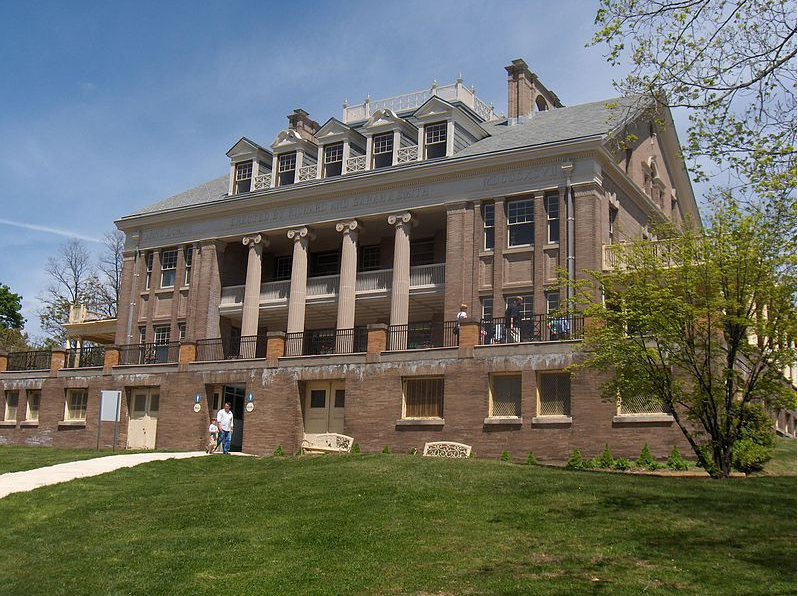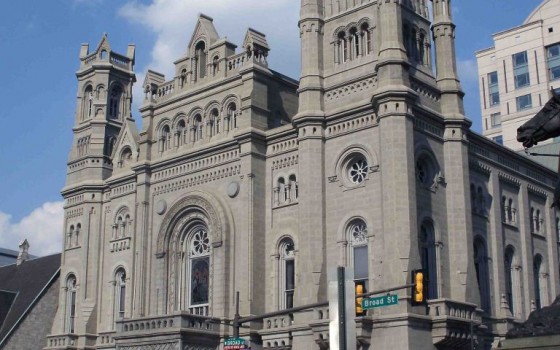1867 was a successful year for young architect and Philadelphia native James Hamilton Windrim. At the age of 27, and in the same year that he opened his own architectural office, Windrim also impressively won the design competition for the Philadelphia Masonic Temple, what is now officially a National Historic Landmark and counted among the National Registry of Historic Places.
The Masonic Temple serves as headquarters for the Grand Lodge of Pennsylvania who utilizes the seven elaborately decorated and designed lodge rooms to host meetings. Even sitting directly across from Philadelphia City Hall, the Masonic Temple is a site to behold, both inside and out. In spite of all its asymmetrical and ornamental complexities, the exterior of this building seems to maintain a quiet elegance and composed character. Windrim designed the Temple in Norman style, which is a subcategory of Romanesque architecture. Norman architecture usually maintains an ecclesiastical focus, and may be characterized by its use of rounded archways as well as massively proportioned sections. The layered approach that Windrim took in developing the Temple’s rounded, Quincy granite portico is just one example of his use of the Norman approach.
Although the Masonic Temple is perhaps his best remembered design, many of the public buildings that James H. Windrim designed still stand, embedded within the Philadelphia landscape. One similarity that seems to string all of Windrim’s designs together is an elusive, quiet elegance that exists despite their elaborate nature. Two other designs that come to mind are the Smith Memorial Playground & Playhouse and the Academy of Natural Sciences of Philadelphia. These two designs along with the Masonic Temple look completely distinct from one another but are threaded together by this elegance. I suppose the ability of Windrim to infuse his designs with his unique artistry, whilst making them so diverse is what makes him one of the greats. A bust of James H. Windrim can be seen in West Fairmount Park under the Smith Memorial Arch (which he also designed). —Alex Graziano



